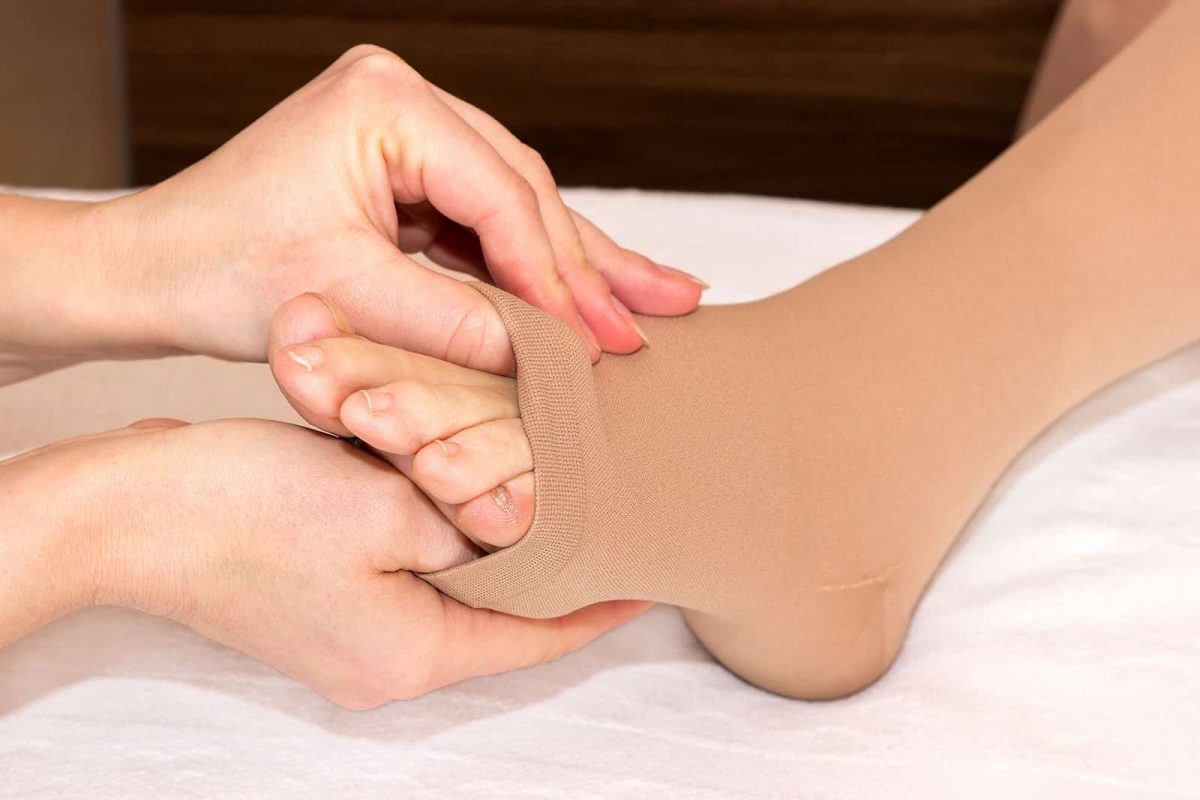
Learn about Peripheral Vascular Disease (PVD) and its impact on the feet. Discover how artery disease affects foot health, including symptoms, risk factors, and treatment options. Stay informed and take steps towards better vascular and overall well-being.
Your feet are farther away from your heart than any other part of the body.
This means that the blood your heart pumps through your arteries has to travel the greatest distance to keep your feet healthy.
It also means that when problems develop in the arteries that deliver blood to your lower extremities, such as plaque buildup that narrows the arteries and limits blood flow, it can cause severe damage to your feet.

What Is Peripheral Vascular Disease (Artery Disease)?
Peripheral Vascular Disease (PVD) is the condition that results from decreased blood circulation in the extremities, including feet.
That decrease can be caused by hypertension, or high blood pressure, that causes cholesterol and plaque to accumulate in blood vessels.
Similarly, coronary artery disease, in which cholesterol blocks the arteries that lead to the heart, can also cause PVD.
PVD can reduce or block the blood supply to the feet.
Without sufficient circulating blood, your feet are vulnerable to a whole host of problems, including the development of ulcerations (open wounds on the skin) that can necessitate amputation.
People with diabetes are particularly prone to problems with blood circulation in the feet, with PVD 20 times more common in people with diabetes than those without diabetes.
6 Symptoms Associated With Peripheral Vascular Disease
You should visit a podiatrist if you experience any of the following leg, foot, and ankle symptoms associated with PVD:
- Muscle cramps in the legs and feet, particularly when exercising
- Legs are painful and get tired easily
- Sores on the feet or legs
- Changes to the color of your feet
- Changes in the temperature of your feet
- Hair loss on your legs and feet
Diagnosing Peripheral Vascular Disease (Artery Disease)
At your appointment with your podiatrist, he or she will take your vital signs in addition to thoroughly examining your feet for signs of circulation issues.
This exam will also involve checking the pulses in your feet and/or the measurement of the ankle brachial index, in which blood pressure cuffs along with a Doppler probe can help determine the strength of the pulse in the foot
The hypertension that often leads to PVD can be controlled with prescription medication, and exercise and a healthy diet can also help lower your blood pressure and reduce your risk of the severe consequences of this common condition.
Jaws Podiatry – Your Foot & Ankle Specialists
At JAWS Podiatry in Hollywood, Florida, we use the most advanced, effective, and non-invasive techniques to reduce pain and speed recovery for people suffering from foot and ankle problems.
If you’d like to learn more about our innovative treatments, our skilled and caring podiatrists, and our attentive and professional staff, please call us today at (954) 922-7333 or contact us online to schedule a consultation.
- The Life-Changing Power of Cosmetic Foot Surgery - February 27, 2023
- What Are The Most Common Pediatric Foot Conditions? - October 5, 2020
- 4 Important Things To Know Before Having Foot Surgery - September 21, 2020



